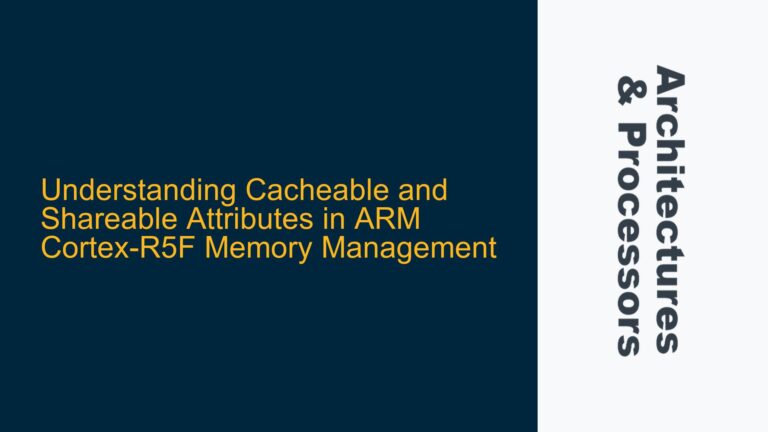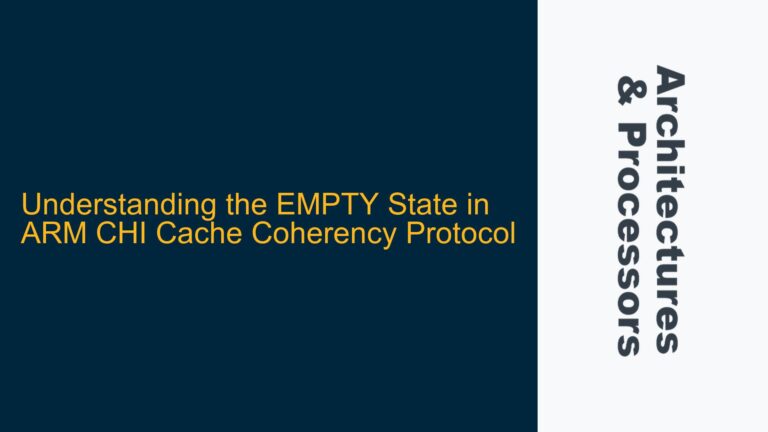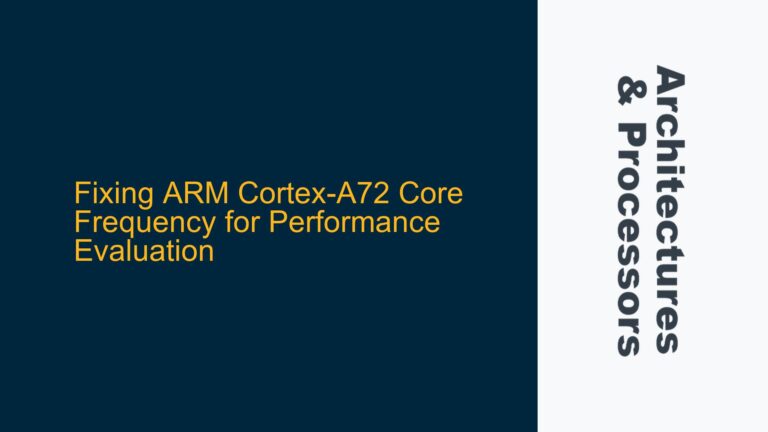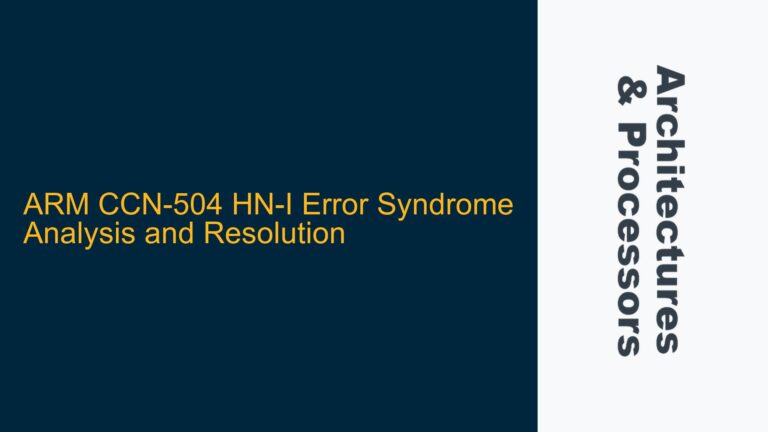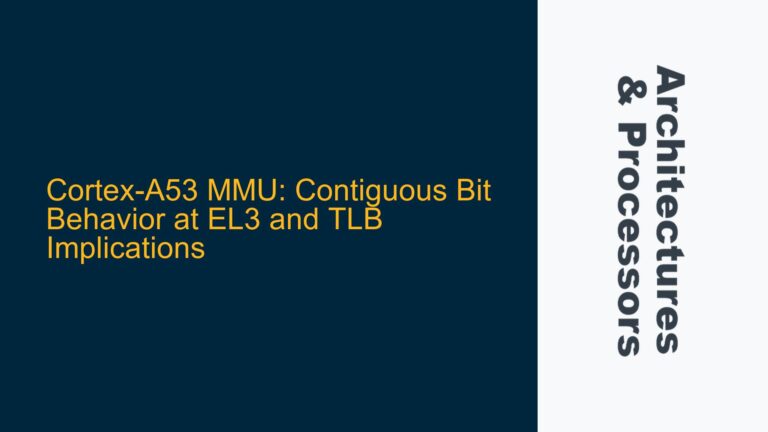AXI3 WRAP Burst Address Alignment Requirements and Implications
The AXI3 protocol specifies that WRAP burst transfers must use a start address that is aligned to the size of each transfer, as defined by the AxSIZE signal. This alignment requirement is critical for ensuring that the burst can correctly wrap around the boundary of the transfer size. The AxSIZE signal determines the number of bytes transferred in each beat of the burst, and the start address must be aligned to this size to maintain consistency and predictability in the memory access pattern.
For example, if the AxSIZE is set to 4 bytes (indicating a 32-bit transfer), the start address must be aligned to a 4-byte boundary. This alignment ensures that the wrap boundary, which is calculated based on the burst length (AxLEN) and the transfer size (AxSIZE), can be accurately determined. The wrap boundary is essential for defining the point at which the address wraps around to the start of the burst, allowing the transfer to complete correctly.
The alignment requirement also simplifies the design of the AXI master and slave interfaces. By enforcing alignment, the protocol reduces the complexity of address calculation and ensures that the burst can be handled efficiently by both the master and slave devices. Without this alignment, the master would need to perform additional calculations to determine the wrap boundary, increasing the complexity of the design and potentially introducing errors.
Cache Line Access Patterns and WRAP Burst Optimization
In many ARM-based SoC designs, WRAP bursts are used to optimize cache line accesses. A cache line is a fixed-size block of memory that is transferred between the cache and main memory. When a processor accesses memory, it typically fetches an entire cache line, even if only a portion of the data is immediately needed. This prefetching strategy is designed to improve performance by reducing the number of memory accesses required to retrieve subsequent data.
WRAP bursts are particularly well-suited for cache line accesses because they allow the critical data (the data that is needed first) to be transferred early in the burst, followed by the remaining data in the cache line. This ordering ensures that the processor can begin processing the critical data as soon as it is available, while the rest of the cache line is being fetched.
However, if the critical data happens to be the first entry in the cache line, the WRAP burst will not actually wrap around the boundary. In this case, the burst will behave similarly to an INCR (incrementing) burst, where the address simply increments for each transfer. Despite this, using a WRAP burst for all cache line accesses can simplify the design of the AXI master, as it avoids the need to detect and handle this special case separately.
Implementing WRAP Bursts in AXI3-Based SoC Designs
When implementing WRAP bursts in an AXI3-based SoC design, several considerations must be taken into account to ensure optimal performance and correctness. First, the AXI master must ensure that the start address of the burst is aligned to the transfer size specified by AxSIZE. This alignment is critical for correctly calculating the wrap boundary and ensuring that the burst can be handled efficiently by the AXI slave.
Second, the AXI master must correctly configure the AxLEN signal to indicate the number of transfers in the burst. The AxLEN signal determines the wrap boundary, which is calculated as the start address plus the product of the transfer size (AxSIZE) and the burst length (AxLEN). For example, if the start address is 0x1000, the transfer size is 4 bytes, and the burst length is 4, the wrap boundary will be 0x1010. The AXI master must ensure that the burst wraps around this boundary correctly, transferring data from 0x1000 to 0x100C and then wrapping back to 0x1000 to complete the burst.
Third, the AXI master must handle the case where the critical data is the first entry in the cache line. In this scenario, the WRAP burst will not actually wrap around the boundary, but the master should still use a WRAP burst to maintain consistency and simplify the design. This approach avoids the need to detect and handle this special case separately, reducing the complexity of the AXI master and improving overall system performance.
Finally, the AXI slave must be designed to handle WRAP bursts correctly, ensuring that it can process the burst efficiently and return the correct data to the master. The slave must correctly interpret the AxSIZE and AxLEN signals to determine the wrap boundary and ensure that the burst is handled correctly. This includes correctly aligning the data returned to the master and ensuring that the burst completes without errors.
In summary, implementing WRAP bursts in an AXI3-based SoC design requires careful attention to address alignment, burst length, and wrap boundary calculation. By following these guidelines, designers can ensure that their AXI master and slave interfaces handle WRAP bursts efficiently and correctly, optimizing performance and reducing complexity in ARM-based SoC designs.

